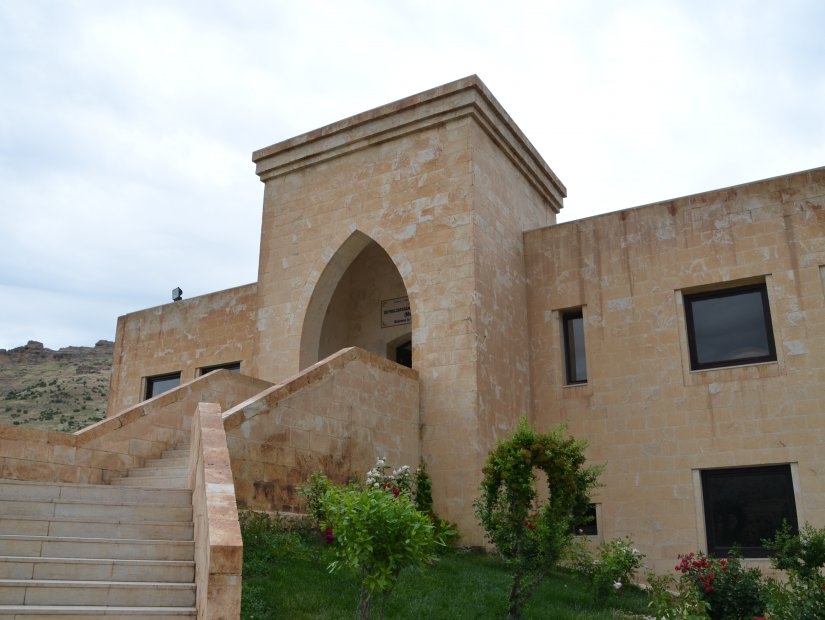Blog
A Historical Heritage in Mardin: Mor Hananyo Monastery
A Historical Heritage in Mardin: Mor Hananyo Monastery
A Historical Heritage in Mardin: Mor Hananyo Monastery
Apart from its stunning architecture, Deyrulzafaran Monastery is one of the most important centers of the Assyrian Church. It is located about 5 kilometers from the old town of Mardin on the Tur Abdin plateau in Turkey's southeast. According to legend, the Monastery was created in the 5th century AD, when the first Church was built there.
The Monastery was built on a complex that had previously served as a Sun Temple before Christ and later as a stronghold during the Roman Empire. Saint Shleymun brought the bones of some saints hereafter the Romans left. The castle was turned into a monastery by him.
Historical Background
It was known as Mor Hananyo Monastery after the alterations made by Mardin and Kefertuth Metropolitan Saint Hananyo beginning in 793. The saffron plants that grew surrounding the Monastery after the 15th century was dubbed Deyrulzafaran, which means "Saffron Monastery." For many years, the Monastery served as one of the Syrian Church's religious instruction institutes.
Mor Hananyo Church
During Byzantine Emperor Anastasius I Dicorus, Syrian architects Theodosius and Theodore built the Church between 491 and 518 AD. The Church has a width of 12.3 meters, a height of 17.7 meters, and a surface area of 271 square meters. Because the dome of this Church resembles a cross, it is also known as the Domed Church. Various animal motifs on the Church's outside wall catch the eye.
There were frescoes depicting stories from the Bible on the Church's inside walls, but only one has remained to this day. Saint Hananyo, who had the Monastery repaired in 793, is seen in this fresco. The church's wooden religious service platforms to the north and south of the abscissas date from 1699. Only two columns survived the 1941 fire that destroyed the wooden cheerful service platform in the central abscissa.


